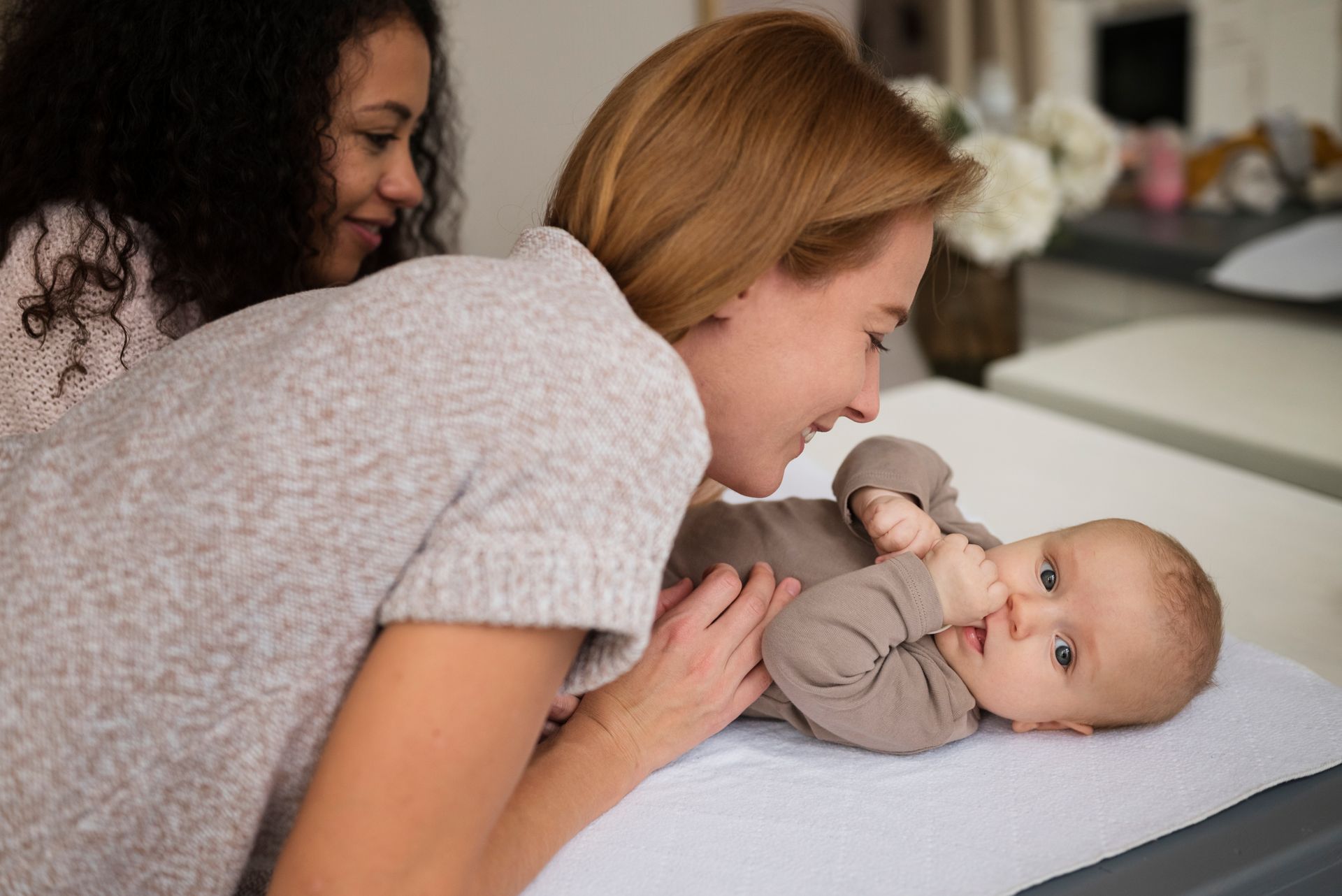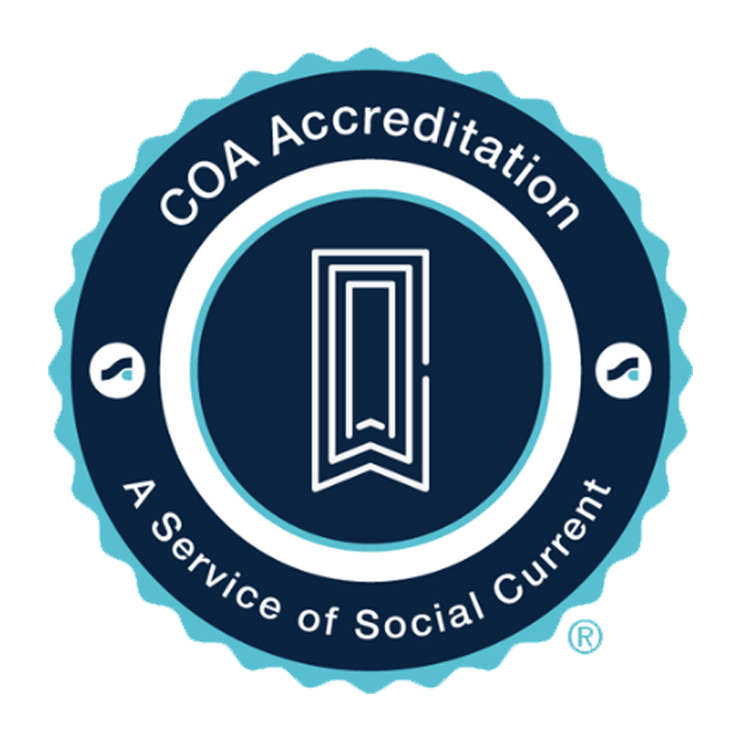Adoption creates families, but the journey to adoption varies significantly depending on many decisions along the way. One of the first and most crucial choices for prospective adoptive parents in Ohio is between open and closed adoption. Each type of adoption has its unique set of advantages and challenges. Understanding these can help you make the best decision for your family and the child you hope to welcome into your home.
Open Adoption
Pros:
- Continued Relationship: Open adoption allows for ongoing communication and possibly relationships between the adoptive family, the child, and the birth parents. This can benefit the child, offering them a sense of identity and understanding of their background.
- Access to Medical History: It provides access to valuable medical history and answers as the child grows and questions arise about their biological heritage.
- Direct Communication: It facilitates direct communication and arrangements without intermediaries, allowing for more personalized and flexible contact agreements.
- Potential for Complicated Relationships: The relationships between adoptive and biological families can sometimes become complex, requiring clear boundaries and mutual respect.
- Emotional Challenges: Both adoptive and birth parents may face emotional challenges in navigating their roles and boundaries within the relationship.
Cons:
Closed Adoption
Pros:
Making the Right Choice in Ohio
Conclusion
- Privacy: Closed adoption offers complete privacy for both the adoptive family and the birth parents, with no identifying information shared between them.
- Simplicity: The lack of ongoing communication can simplify the adoption process and the post-adoption relationship dynamic.
- Closure: For some birth parents and adoptive families, closed adoption provides a sense of closure, allowing them to move forward more easily.
Cons:
- Lack of Medical History: The child will have limited access to their biological family's medical history, which could be important for their health.
- Questions About Origins: Adopted children may have questions about their origins that cannot be easily answered without access to their birth family.
The decision between open and closed adoption is deeply personal and should be based on what you believe to be in the best interest of the child. Consider the following when making your choice:
- Communication and Boundaries: Reflect on the level of communication and boundaries you are comfortable with in a relationship with the birth family.
- Child's Needs: Consider the potential needs of your child, including the importance of understanding their background and having access to their medical history.
- Legal Considerations: Ohio law allows for both open and closed adoptions, but the specifics of your arrangement should be clearly outlined in legal agreements to protect all parties involved.
Choosing between open and closed adoption in Ohio involves weighing the benefits and challenges of each option. Prospective adoptive parents should consider their ability to navigate complex relationships, the level of privacy they prefer, and what will best serve the child's needs and interests. Regardless of the type of adoption you choose, it's a journey undertaken with love, and the right choice is the one that feels best aligned with your family's values and the well-being of the child at its heart.
By thoroughly researching, reflecting, and perhaps consulting with professionals or others with adoption experience, you can make an informed decision that lays a strong foundation for your future family.
Open vs. Closed Adoption in Ohio: Pros, Cons, and Making the Right Choice
Recent Posts













